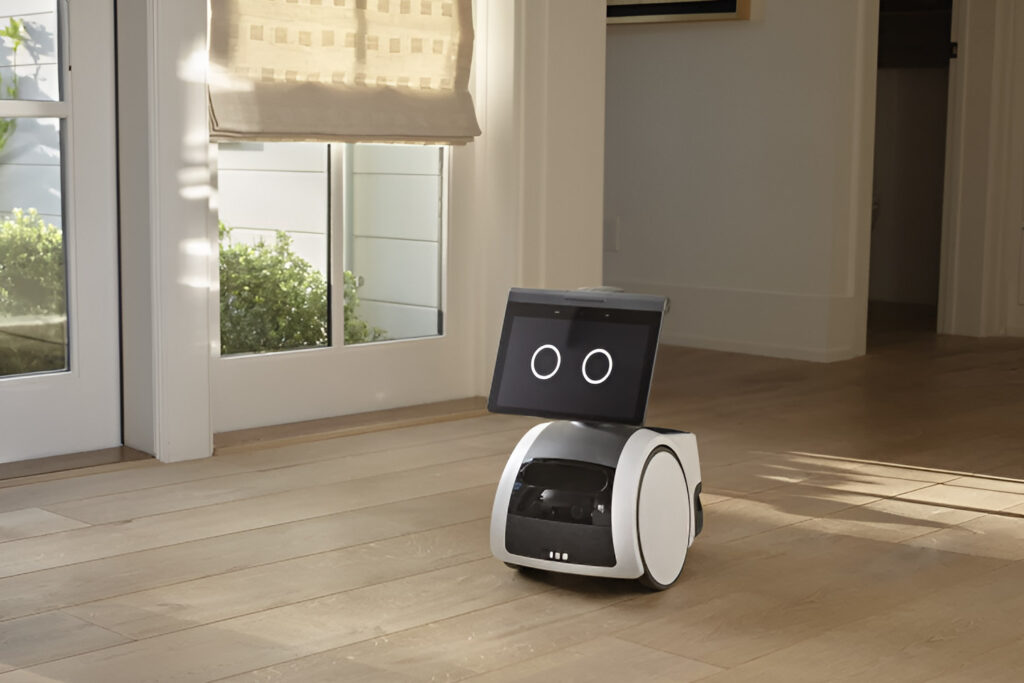I was recently talking about Arlo's ability to record 24/7 in some cases, and it got me wondering whether Arlo's smart cameras can function and record without any internet (or WiFI) access? Some smart cameras support this by just using a local SD card, although you naturally wouldn't be able to view these recordings via the app unless you restore internet connectivity to the camera. Does Arlo work in a similar way? Well, the gist is…
Get A FREE Home Security Quote Now
Most Arlo cameras do require an active internet connection, as their cameras and systems are designed as an online, cloud based system. Having said this, some local (SmartHub/SD card) recording is possible, plus the Arlo Go doesn't require WiFi access.
The Arlo camera range
Arlo have produced smart cameras since 2014 under the “Netgear Arlo” brand, before before spun out into their own independent company in August 2018 after an IPO on the New York Stock Exchange. Their first smart camera was called the Arlo Security Camera, being a WiFi camera that recorded in 720p.
Since then they've expanded their lineup a lot and their full camera range is now:
- Arlo Security Camera
- Arlo Essential Spotlight
- Arlo Essential
- Arlo Pro
- Arlo Pro 2
- Arlo Pro 3
- Arlo Pro 3 Flootlight
- Arlo Ultra
- Arlo Go
- Arlo Q
- Arlo Q Plus
- Arlo Baby Cam
However some of these are discontinued, and some are battery whilst others are plug-in only. The table below reflects Arlo's line-up in more detail:
| Arlo Product | Release Date | Type | Discontinued? |
| Arlo Security Camera | 2014 | Battery | Yes |
| Arlo Essential Spotlight | 13th June 2020 | Battery | No |
| Arlo Pro | 11th October 2016 | Battery (but supports plug-in) | Yes |
| Arlo Pro 2 | 10th October 2017 | Battery (but supports plug-in) | No |
| Arlo Pro 3 | 23rd September 2019 | Battery (but supports plug-in) | No |
| Arlo Pro 3 Flootlight | 23rd September 2019 | Battery (but supports plug-in) | No |
| Arlo Ultra | 25th March 2019 | Battery (but supports plug-in) | No |
| Arlo Go | 4th January 2016 | Battery (but supports plug-in) | No |
| Arlo Q | 20th January 2016 | Plug-in | No |
| Arlo Q Plus | 6th April 2016 | Plug-in | No |
| Arlo Baby | 7th March 2017 | Battery (but supports plug-in) | No |
As you can see, there's quite a big range here. The vast majority of these models are designed to be ‘cloud based', meaning that internet is required – but some ‘cloud based' models do still work without internet, as I explore below.
Arlo's cameras which definitely won't work without internet

As you can see from the long list of Arlo cameras above, there's a diverse range of choice and some of these products completely require the internet due to not having any sort of on-board storage (or an ability to add expandable storage such as an SD card).
Hence the following Arlo cameras won't be usable without a working WiFi connection:
- Arlo Baby Cam
Wait, that's it? Well, as it turns out, nearly all Arlo cameras either allow for a direct SD card to be inserted (e.g. the Q range), or they can be hooked up to a SmartHub which then has an SD card for expandable storage.
However there is a big caveat here…
Arlo's cameras which sort of work without WiFi

The following line in one of Arlo's instruction manuals makes it sound like Arlo cameras support local recordings really nicely:
If you use your camera with the SmartHub, you can use this feature… If the SmartHub isn’t connected to the internet, recordings continue to be saved on the microSD card.
From Arlo Essential Spotlight Camera's instructional manual.
Whilst that sounds great, Arlo are also clear that any local recordings are not a substitute for an internet connection and their cameras are designed with ‘cloud first' in mind, meaning that in general, only recordings made when the internet is up will be available in the app.
In other words, if you have a camera hooked up to the internet and an SD card (or SmartHub), all recordings will be available on both the internet and the SD card.
Further reading:
- How To Reset Blink Sync Module
- How To Cancel Arlo Subscription
- How To Reset The SimpliSafe Base Station
But if the internet then fails, the recordings will be made onto the SD card (or SmartHub), but they'll never then be uploaded to the cloud – even when the internet is working again. This means that you generally won't be able to view these recordings via the app – you must get the SD card and put it into a computer to view the recordings there.
That is quite annoying, but notice how I keep “in general” and “generally“? Well, you may have heard that Arlo rolled out a feature called “Direct Storage Access” at the end of 2019. This allows you to view local recordings via the app, but only in certain cases:
- You either have the Arlo Smart Hub VMB5000 or VMB4540. You can't access footage stored on an Arlo Q SD card with this feature.
- You still need internet access enabled for your phone app and the SmartHub in order to view the SmartHub's local recordings.
- Thumbnails aren't processed in this mode.
- You can only access the recordings by running a home VPN or enabling port forwarding.
In other words, whilst ‘Direct Storage Access' sounds good, it still requires the internet and it isn't suitable for quickly allowing other users access to your camera's recordings. It is however good if you have a temporary internet blip, because you can now – finally – view local recordings.
In summary, though, if you're wanting to run your Arlo cameras completely locally (without internet access), you have to rely on manually taking SD cards out and viewing the footage on a computer.
Arlo don't intend on being a “local first” based smart company – they want to be cloud first and sell lots of their cloud plans..! (That last bit is something I have cynically added, but it is true IMO).
Is Arlo Go the solution if you don't have internet access?

The Arlo Go is Arlo's first camera which doesn't require the internet in any way. It's actually battery powered device (but it can be plugged in if needed), and it has local SD card storage capability but is primarily designed to upload video recordings to the Arlo cloud via a cell plan.
In America, the Arlo Go cell plan is only available on AT&T so you should ensure that you'll have coverage wherever your Arlo Go is going to be used. In terms of pricing, the plans aren't too cheap:
- $4.99 per month for 15 minutes of full HD video uploads per month. I.e. just one clip a day will be allowed if you have 30 second clips.
- $22.99 per month for 120 minutes of full HD video each month (i.e. 300 clips @ 30 seconds each are supported).
- $32.99 per month for 225 minutes of full HD video each month (i.e. 450 clips @ 30 seconds each).
Of course, this is for full HD recording. If you drop the quality down to 720p or even lower, you'll get significantly more mileage out of your internet plan.
The Arlo Go is quite an interesting device. As long as you buy the cell plan, it has all the usual smart features such as being able to view your recordings anywhere, whilst also not requiring WiFi or even external power. The battery life is estimated at 2-3 months with average use, meaning that the Go is the first Arlo device which truly can be said to work without the internet.
The downsides of running smart cameras without internet
So there we have it – most Arlo cameras will sort of work without the internet, due to their local storage support. However, viewing any local recordings are a pain – whether or not your setup supports ‘Direct Storage Access'.
And this is one of the key flaws with purchasing smart cameras, and then trying to run them without the internet. The “smart” tagline usually just means “needs internet access so that you can view things in the app” – and this is essentially true for Arlo's products too.
Whilst I am impressed with the various options that Arlo offer (compared to Ring, that don't allow local storage at all), it's still true that Arlo are primarily a smart/cloud based company – and they ultimately would prefer you purchase their monthly subscription plans than deliver loads of awesome “local first” features!
If running cameras without the internet is really important to you, I'd suggest that you invest in a CCTV or DVR system that records to a local box (containing hard drives). Many of these systems also offer internet-based viewing nowdays, but they're truly “local first” meaning that you'll always have accessible local recordings.





